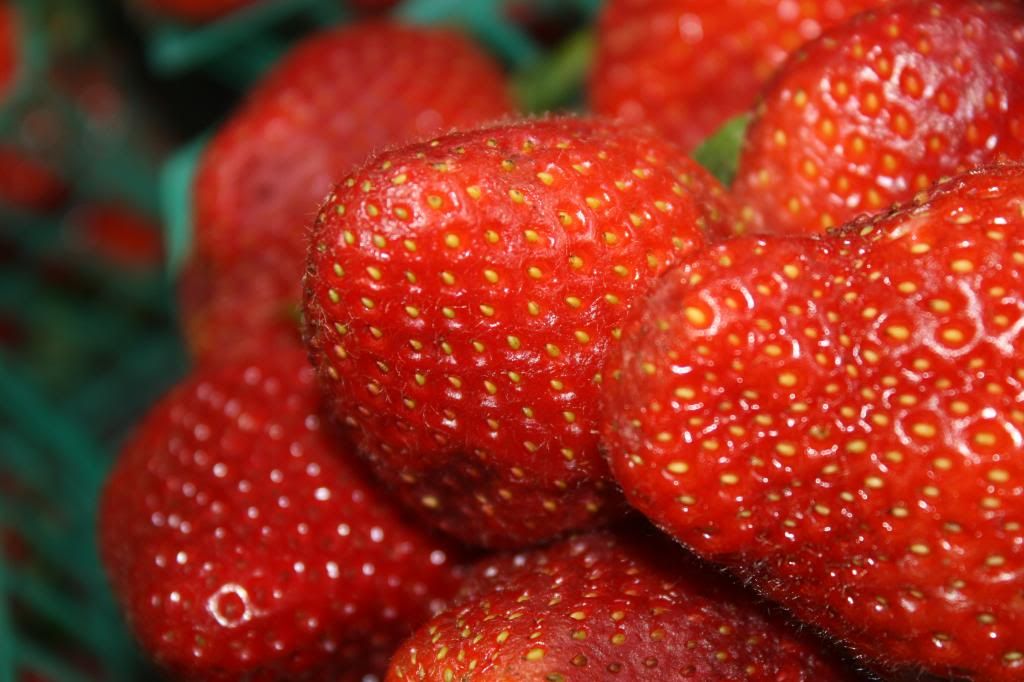
What does spring taste like?
Fresh asparagus dripping with butter. Small, sweet early strawberries. Tender, delicate baby lettuce. Sweet cobbler offset by tart, tangy rhubarb. Fresh dainty peas blanched for just a few seconds so that they burst in your mouth.
Right now the local markets are abounding with these delicious spring-time treats, and if you’re lucky, you may have many of them coming up in your own gardens. The season for these goodies is short and sweet, and soon the veggie patch will be bursting with tomatoes, zucchini, and green beans.
If you aren’t already concentrating on eating seasonally, there are a lot of great reasons to do so.
It’s more self-reliant
When you eat seasonally, you are consuming food the way our ancestors did. Since people managed to survive for thousands of years before boxed foods, refrigeration and the long distance transport of fresh fruits and vegetables, it’s a sure bet that we can too.
Eating the first fresh greens in the spring, the juicy produce off the vine in the summer, and digging roots from the frosty soil in the cooler months, as well as harvesting and saving those hard-shelled foods that store well over the winter – this is the way it’s always been done. If you farm or garden, by planning your menus seasonally you can eat delicious healthy food from your own property without a weekly trip to the store.
It’s less expensive
If you aren’t fortunate enough to have the space to grow at least some of your own food, then rest assured that eating seasonally is still the way to go. If you don’t insist on fresh asparagus in November or acorn squash in March, then you won’t be paying that huge premium that the grocery store charges for those out-of-season delicacies. To get those foods at those times, they either have to have been coddled along in a green house or shipped from the other side of the planet, both of which tack on hefty price increases.
Generally speaking, if you watch your fliers, you’ll notice that whatever fruits and vegetables are in season locally are the least expensive options at the store. As well, your farmer’s markets are also laden with local bounty. You’ll notice that at the height of every harvest, there is a point at which certain fruits or vegetables are sold in larger containers for less money. This is the time to buy as much as you can afford, partake of it generously, and do some home-preserving. Make jellies and jams when berries are at their ripest. Can homemade sauce from a bushel of tomatoes in the fall. Shred and dehydrate some peppers. This will give you some variety during the long winter ahead without paying a trans-global premium for it.
Nature provides what your body needs
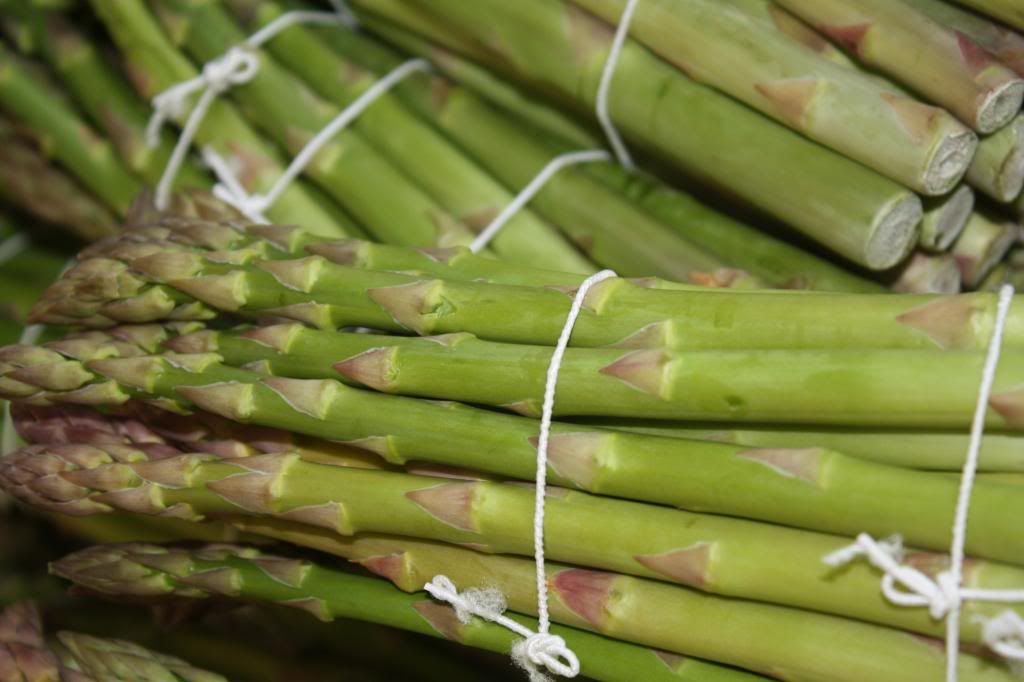 First of all, as mentioned above, when you demand produce that is out of season, it’s coming from across the globe. This means that the items were picked before they were actually ripe, which means that the nutrients had not fully developed. The vitamins and minerals contained in produce begin to decrease the minute the food is picked. The harvest item immediately begins to die and decompose. By the time the food arrives at your local grocery store, it might already be 3 weeks old – and sometimes it’s even older.
First of all, as mentioned above, when you demand produce that is out of season, it’s coming from across the globe. This means that the items were picked before they were actually ripe, which means that the nutrients had not fully developed. The vitamins and minerals contained in produce begin to decrease the minute the food is picked. The harvest item immediately begins to die and decompose. By the time the food arrives at your local grocery store, it might already be 3 weeks old – and sometimes it’s even older.
What’s more, the packing plants take great pains to be sure that the fresh fruits that grace your table at Christmas look pretty. Many packagers add a waxy, glossy coating to the produce before shipping. The coating not only looks shiny and inviting, it slows down the decomposition of the fruit or vegetable. Some foods are sprayed with preservative chemicals, as well, to help them survive the arduous journey to your supermarket.
Reducing the distance your food travels isn’t the only health reason to eat seasonally. Nature provides certain foods at certain times because that is when your body needs them the most. They are also less likely to be drenched in pesticides, fertilizers and fungicides if the plants are growing as nature intended them too.
For example, in the spring, those tender leafy sprigs like lettuce, kale, peas and pea shoots, and asparagus provide vitamins K and folate, which support blood health, bone health, and cell repair. The cool delicate foods are light, low in calories, and rejuvenating to the body as you gear up for the upcoming warm weather. Feasting on these waistline friendly foods is a great way to get rid of that insulating layer of fat that you may have acquired during the winter.
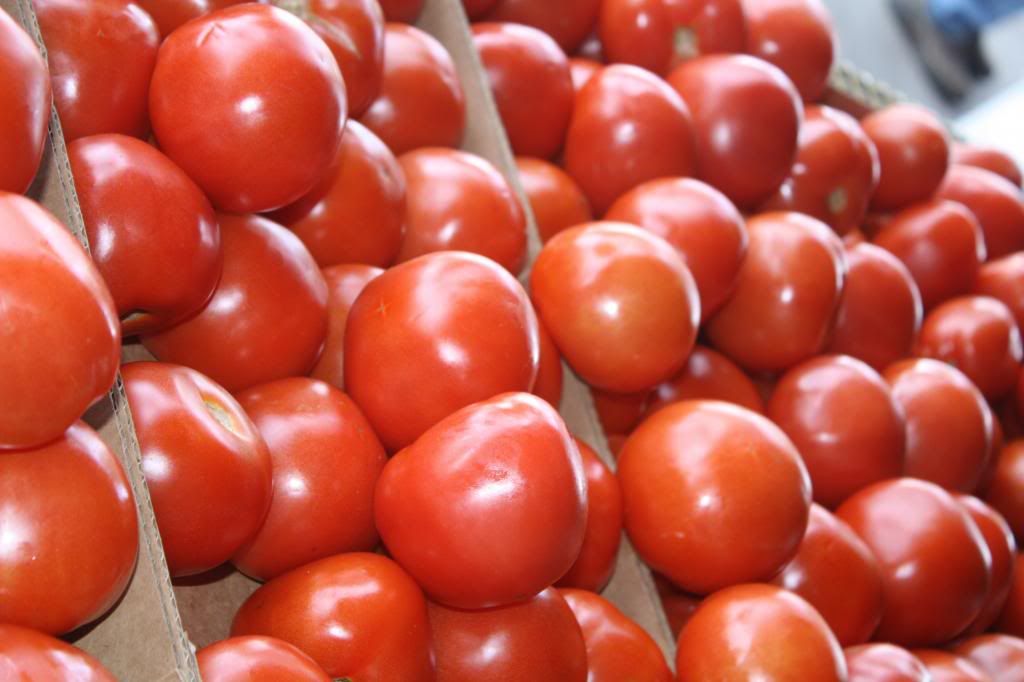
In the fall, you should begin to look for foods that provide more warmth – carrots, sweet potatoes, apples, and pumpkins, to name a few. As well, the beta-carotene in many of these autumn treats will boost the body’s germ fighting cells to strengthen your immune system for the upcoming cold and flu season.
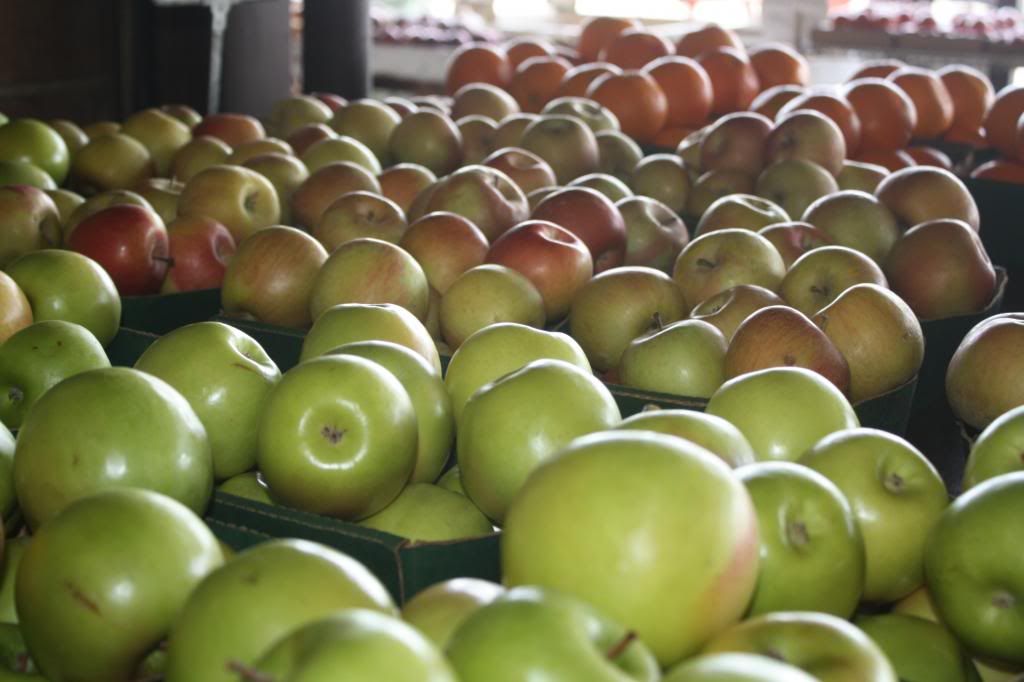
Finally in the winter, you should consider eating more carbohydrates like those from root vegetables – they help the body to sustain a little more weight, which is needed to insulate against the cold weather. Warming vegetables like potatoes, cabbages, carrots, onions, rutabagas, and winter squash all store well in cool, dark places, providing energy and comfort throughout the winter season. Adding more fish to your diet during this time of year is also beneficial for the warming effect, the higher calories, and the high levels of vitamin D (the vitamin you get directly from the sun during the warmer months). Vitamin D is important for good mental health and a strong immune system. Nuts, which store well for the winter, are loaded with Omega 3 fatty acids, which help moisturize your body from the inside out – this helps to fight that dry winter skin so many of us suffer from.
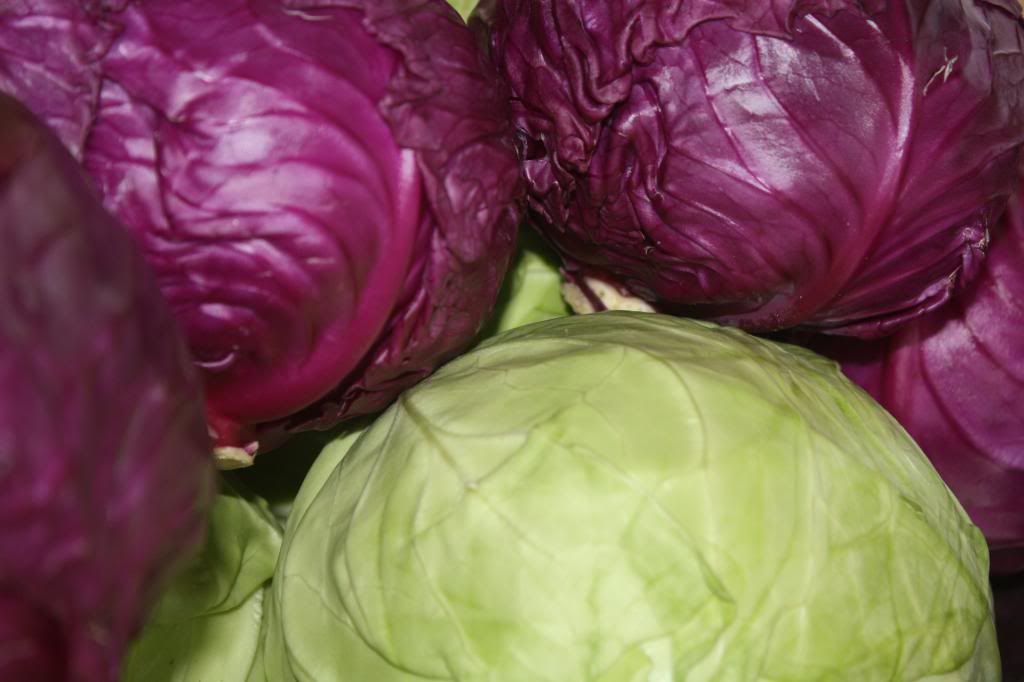
It’s early here in Central Ontario to have local fresh veggies, but there are some tasty choices that haven’t traveled terribly far. We are having a mixture of winter foods and spring foods right now. In our refrigerator, we have fresh asparagus, some strawberries, some baby spinach, red cabbage, carrots and sweet potatoes. We’ll be chowing down on asparagus from now until early June, and I’m making an interesting, crunchy lemon-dressed salad from the cabbage, carrots and spinach. The strawberries are dipped in a homemade sweetened yogurt for a protein-rich, delicious snack.
What decadent spring-time treats are you enjoying right now? What do you have coming up in your garden?







 First of all, as mentioned above, when you demand produce that is out of season, it’s coming from across the globe. This means that the items were picked before they were actually ripe, which means that the nutrients had not fully developed. The vitamins and minerals contained in produce begin to decrease the minute the food is picked. The harvest item immediately begins to die and decompose. By the time the food arrives at your local grocery store, it might already be 3 weeks old – and sometimes it’s even older.
First of all, as mentioned above, when you demand produce that is out of season, it’s coming from across the globe. This means that the items were picked before they were actually ripe, which means that the nutrients had not fully developed. The vitamins and minerals contained in produce begin to decrease the minute the food is picked. The harvest item immediately begins to die and decompose. By the time the food arrives at your local grocery store, it might already be 3 weeks old – and sometimes it’s even older.

















